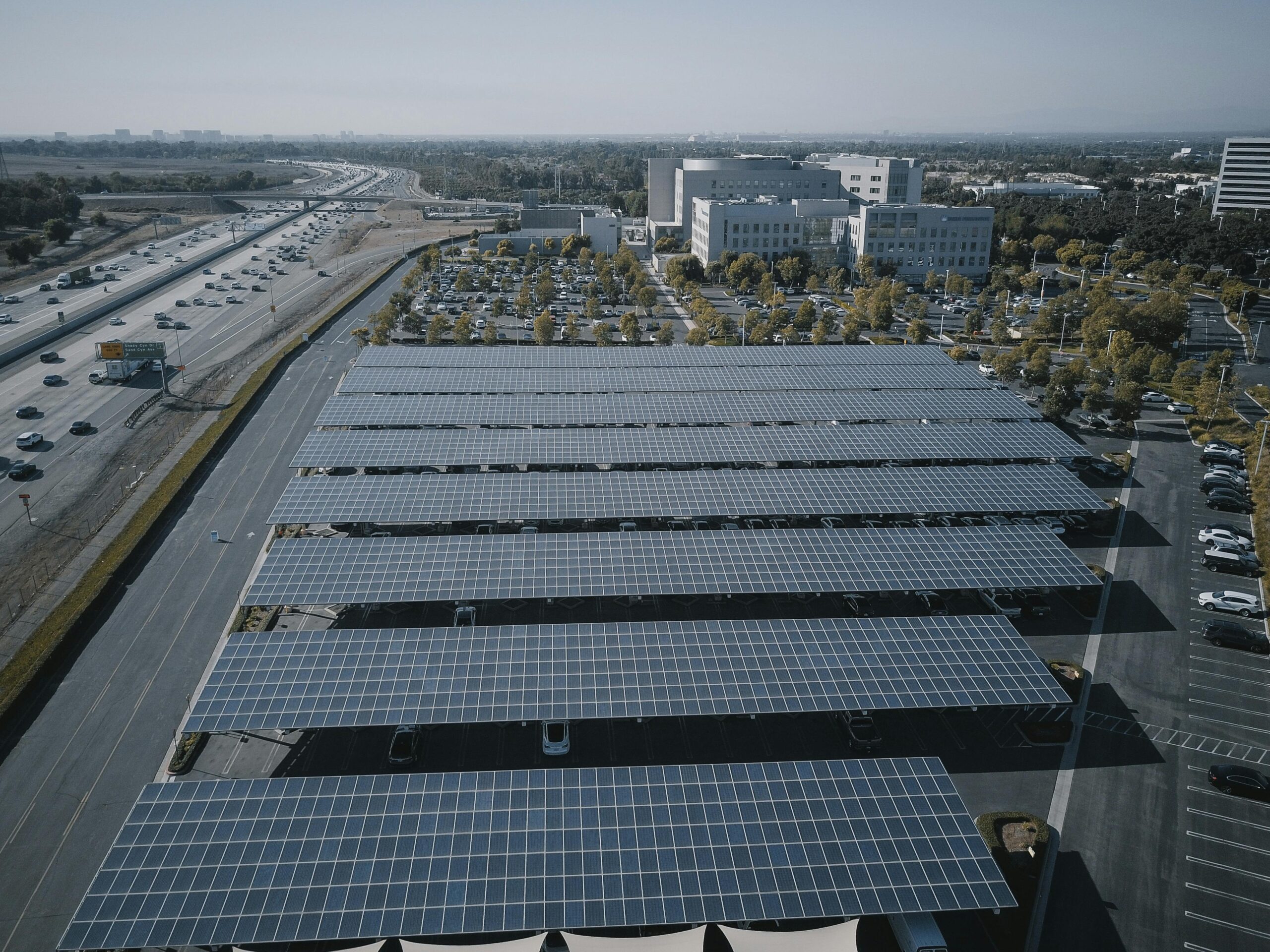Hydrogen energy networks are emerging as a cornerstone of the global transition toward clean, renewable energy systems, offering unprecedented opportunities for decarbonization across multiple sectors.
🌍 The Rising Urgency for Clean Energy Alternatives
The world stands at a critical juncture in its energy evolution. Climate change continues to accelerate, fossil fuel reserves are depleting, and the need for sustainable energy solutions has never been more pressing. Traditional energy systems, heavily reliant on coal, oil, and natural gas, contribute significantly to greenhouse gas emissions and environmental degradation. This reality has sparked a global movement toward renewable energy sources, with hydrogen emerging as one of the most promising candidates for a sustainable energy future.
Hydrogen, the most abundant element in the universe, possesses remarkable energy density and produces only water vapor as a byproduct when used in fuel cells. These characteristics position it as an ideal clean energy carrier that can complement other renewable technologies like solar and wind power. As nations worldwide commit to carbon neutrality targets, hydrogen energy networks are gaining momentum as vital infrastructure for achieving these ambitious goals.
⚡ Understanding Hydrogen Energy Networks: The Backbone of Tomorrow’s Energy System
A hydrogen energy network encompasses the entire value chain of hydrogen production, storage, distribution, and utilization. Unlike traditional energy grids that primarily transport electricity, hydrogen networks offer greater flexibility in storing and transporting energy across long distances and extended periods. This capability addresses one of the most significant challenges facing renewable energy: intermittency.
The infrastructure required for hydrogen networks includes production facilities, compression and liquefaction systems, pipelines, storage tanks, refueling stations, and end-use applications. Each component plays a crucial role in ensuring the efficient and safe delivery of hydrogen energy to consumers. The development of these networks represents a fundamental shift in how societies produce, distribute, and consume energy.
Production Methods: From Grey to Green Hydrogen
Hydrogen production methods are typically categorized by color codes that indicate their environmental impact. Grey hydrogen, produced from natural gas through steam methane reforming, currently dominates the market but generates significant CO2 emissions. Blue hydrogen incorporates carbon capture and storage technology to reduce emissions from the production process. However, green hydrogen, produced through electrolysis powered by renewable energy sources, represents the ultimate goal for truly sustainable hydrogen networks.
The electrolysis process splits water molecules into hydrogen and oxygen using electricity. When this electricity comes from solar panels, wind turbines, or hydroelectric facilities, the entire production cycle becomes carbon-neutral. Recent technological advances have significantly improved the efficiency of electrolyzers, making green hydrogen increasingly economically viable.
🔋 The Multifaceted Applications of Hydrogen Energy
Hydrogen energy networks unlock possibilities across diverse sectors, making them instrumental in comprehensive decarbonization strategies. The versatility of hydrogen as an energy carrier enables its application in areas where electrification alone proves challenging or insufficient.
Transportation Revolution
The transportation sector accounts for a substantial portion of global carbon emissions. Hydrogen fuel cell vehicles offer an alternative to battery electric vehicles, particularly for applications requiring longer ranges and faster refueling times. Heavy-duty trucks, buses, trains, ships, and even aircraft are increasingly exploring hydrogen as a clean fuel option.
Hydrogen-powered vehicles operate by converting hydrogen gas into electricity through fuel cells, which then powers electric motors. This process takes only minutes to refuel, compared to hours for battery charging, and provides ranges comparable to conventional vehicles. Several countries have already deployed hydrogen bus fleets and are expanding their hydrogen refueling infrastructure to support broader adoption.
Industrial Decarbonization
Heavy industries such as steel manufacturing, cement production, and chemical processing are among the hardest sectors to decarbonize due to their high-temperature requirements and process emissions. Hydrogen offers a solution by replacing coal and natural gas in these industrial processes. Steel manufacturers are pioneering direct reduction of iron ore using hydrogen instead of carbon, eliminating CO2 emissions from this critical production step.
The chemical industry already uses substantial quantities of hydrogen for ammonia and methanol production. Transitioning from grey to green hydrogen in these existing applications represents a significant opportunity for immediate emissions reductions while building the infrastructure and market for broader hydrogen adoption.
Power Generation and Grid Balancing
Hydrogen energy networks provide crucial solutions for grid stability and energy storage. Excess renewable energy generated during periods of high production can be converted into hydrogen through electrolysis, effectively storing this energy for later use. This hydrogen can then be reconverted to electricity through fuel cells or combustion turbines when demand exceeds renewable generation capacity.
This capability addresses the fundamental challenge of renewable energy intermittency, enabling higher penetration of solar and wind power into electricity grids without compromising reliability. Seasonal storage becomes feasible, allowing summer solar production to meet winter heating demands in the form of stored hydrogen.
🏗️ Building the Infrastructure: Challenges and Innovations
Developing comprehensive hydrogen energy networks requires substantial infrastructure investment and technological innovation. The challenges are significant, but ongoing research and pilot projects are demonstrating viable pathways forward.
Storage and Transportation Solutions
Hydrogen’s low volumetric energy density presents storage and transportation challenges. Compression to 350-700 bar pressures, liquefaction at -253°C, or chemical conversion to ammonia or liquid organic hydrogen carriers are current solutions, each with distinct advantages and trade-offs. Material science advances are producing stronger, lighter composite tanks capable of safely storing high-pressure hydrogen.
Pipeline infrastructure for hydrogen distribution can leverage existing natural gas networks with appropriate modifications, reducing capital requirements. Several countries are piloting hydrogen blending into natural gas pipelines, gradually increasing hydrogen content as end-use equipment becomes compatible. Dedicated hydrogen pipelines are also being constructed in industrial clusters where demand justifies the investment.
Safety Considerations and Standards
Hydrogen has different properties than traditional fuels, requiring specific safety protocols and standards. While hydrogen is highly flammable, it is also lighter than air and rapidly disperses in open environments, reducing certain risks compared to gasoline or natural gas. Decades of industrial hydrogen use have established robust safety practices that are being adapted for broader public applications.
International standards organizations are developing comprehensive regulatory frameworks for hydrogen energy systems, covering production, storage, transportation, and end-use applications. These standards ensure consistency and safety across global hydrogen networks, facilitating international trade in hydrogen and hydrogen-based fuels.
💰 Economic Viability and Market Dynamics
The economics of hydrogen energy continue to improve as technology matures and production scales increase. Green hydrogen production costs have declined significantly over the past decade and are projected to reach cost parity with fossil fuel alternatives in many applications by 2030.
Government policies and incentives play crucial roles in accelerating hydrogen market development. Carbon pricing mechanisms, renewable energy mandates, and direct subsidies for hydrogen infrastructure create favorable conditions for investment. The European Union, Japan, South Korea, Australia, and numerous other countries have launched national hydrogen strategies with multi-billion dollar funding commitments.
Investment Opportunities and Economic Growth
The hydrogen economy presents substantial investment opportunities across the value chain. Equipment manufacturers, infrastructure developers, utilities, and end-users are all positioning themselves to participate in this emerging market. Analysts project the global hydrogen market could reach hundreds of billions of dollars annually by mid-century, creating millions of jobs in manufacturing, construction, and operations.
Regional advantages in renewable energy resources are creating new geopolitical dynamics in energy trade. Countries with abundant solar or wind resources can become major hydrogen exporters, diversifying global energy supply chains and enhancing energy security for importing nations.
🌱 Environmental Impact and Sustainability Benefits
The environmental benefits of hydrogen energy networks extend beyond carbon emissions reduction. When produced from renewable sources, hydrogen creates no air pollutants, improving local air quality in urban areas. Water is the only byproduct of hydrogen fuel cell operation, eliminating particulate matter, nitrogen oxides, and other harmful emissions associated with combustion engines.
Life cycle assessments demonstrate that green hydrogen systems can achieve carbon neutrality when accounting for manufacturing, operation, and end-of-life recycling of equipment. As electricity grids incorporate higher percentages of renewable energy, even the upstream emissions from hydrogen production continue declining.
Integration with Circular Economy Principles
Hydrogen energy networks align well with circular economy concepts. Industrial waste heat can power hydrogen production through thermochemical processes. Organic waste materials can be converted to hydrogen through gasification. These approaches create value from waste streams while producing clean energy, exemplifying circular economy principles in practice.
🚀 Global Initiatives and Success Stories
Countries worldwide are implementing ambitious hydrogen projects that demonstrate the technology’s viability and potential. Germany’s National Hydrogen Strategy includes plans for substantial electrolyzer capacity and hydrogen pipeline networks. Japan has positioned itself as a “hydrogen society,” with fuel cell vehicles, residential fuel cells, and hydrogen power generation all progressing.
Australia is developing massive renewable hydrogen production facilities aimed at export markets, leveraging its exceptional solar and wind resources. The Middle East is exploring hydrogen as a pathway to diversify beyond fossil fuel economies while utilizing existing energy infrastructure and expertise.
Corporate initiatives are equally impressive. Major energy companies, automotive manufacturers, and industrial conglomerates are forming partnerships to accelerate hydrogen adoption. These collaborations span the value chain, from renewable energy generation to end-use applications, creating integrated hydrogen ecosystems.
🔬 Technological Advancements Driving Progress
Research and development efforts continue yielding breakthroughs that enhance hydrogen system performance and reduce costs. Advanced electrolyzer technologies, including proton exchange membrane and solid oxide electrolyzers, are achieving higher efficiencies and lower capital costs. Catalyst research is reducing reliance on precious metals, further improving economics.
Fuel cell technology has advanced dramatically, with automotive fuel cells now demonstrating durability exceeding 5,000 hours and stationary fuel cells operating reliably for over 60,000 hours. Power densities have increased while costs have declined, making fuel cells competitive with internal combustion engines in many applications.
Digitalization and Smart Hydrogen Networks
Digital technologies are optimizing hydrogen network operations. Artificial intelligence algorithms predict production and demand patterns, optimizing electrolyzer operation to maximize efficiency and minimize costs. Blockchain technology enables transparent tracking of hydrogen’s carbon footprint, certifying green hydrogen credentials for carbon accounting purposes.
Internet of Things sensors throughout hydrogen networks provide real-time monitoring of system performance, enabling predictive maintenance and enhancing safety. These digital tools are essential for managing the complexity of integrated hydrogen energy systems as they scale globally.
🎯 Overcoming Barriers to Widespread Adoption
Despite tremendous progress, several barriers remain to achieving ubiquitous hydrogen energy networks. Public awareness and acceptance require ongoing education about hydrogen’s safety and benefits. Initial infrastructure costs demand patient capital willing to invest in long-term value creation. Regulatory frameworks must evolve to accommodate hydrogen’s unique characteristics while ensuring safety and fair market access.
Coordination among stakeholders across the hydrogen value chain presents organizational challenges. Producers, distributors, equipment manufacturers, and end-users must align investments and timelines to create functioning networks. Government leadership in facilitating these connections and de-risking early investments proves essential for market development.

🌟 The Path Forward: Realizing Hydrogen’s Full Potential
Hydrogen energy networks represent a transformative opportunity to address climate change while enhancing energy security and creating economic prosperity. The convergence of technological maturity, policy support, and market demand is creating unprecedented momentum for hydrogen adoption. Success requires continued innovation, strategic investments, and international cooperation to build the infrastructure and markets necessary for hydrogen to fulfill its potential.
The next decade will prove critical for establishing hydrogen as a mainstream energy carrier. Early adopters and first-mover countries are creating competitive advantages while demonstrating pathways others can follow. As production scales and costs decline, hydrogen will become increasingly accessible across diverse applications and geographies.
The vision of a hydrogen-powered future is no longer science fiction but an emerging reality. Fuel cell vehicles traverse roads in growing numbers, industrial facilities are decarbonizing through hydrogen adoption, and renewable hydrogen production facilities are coming online globally. Each project and initiative builds momentum toward comprehensive hydrogen energy networks that will power sustainable economies for generations to come.
By unleashing the potential of hydrogen energy networks, humanity can address the climate crisis while maintaining energy abundance and economic vitality. This clean, versatile, and sustainable energy carrier offers solutions where few alternatives exist, making it an indispensable component of the future energy landscape. The transition requires commitment and investment, but the rewards—a stable climate, clean air, and energy security—make hydrogen networks essential infrastructure for powering our sustainable future.
Toni Santos is an urban innovation writer and researcher dedicated to exploring how technology, sustainability, and design are reshaping the cities of tomorrow. With a deep interest in smart infrastructure and human-centered development, Toni studies how data-driven systems and green technologies can create more livable, resilient, and efficient urban environments. Fascinated by sustainable architecture, IoT integration, and next-generation mobility, Toni’s work connects environmental awareness with digital transformation. Through research and storytelling, he examines how intelligent planning and renewable innovation can redefine the relationship between people and their cities. Blending urban design, environmental science, and systems thinking, Toni documents the breakthroughs that are reimagining how we build, move, and coexist. His work highlights the architects, engineers, and technologists leading the charge toward smarter, greener futures. His work is a tribute to: Green architecture as the foundation for sustainable living IoT innovation shaping the infrastructure of connected cities Mobility systems and renewable energy driving urban transformation Whether you’re an architect, engineer, or city planner, Toni Santos invites you to explore the technologies and ideas building the smart, sustainable cities of the future — one street, one system, one vision at a time.




